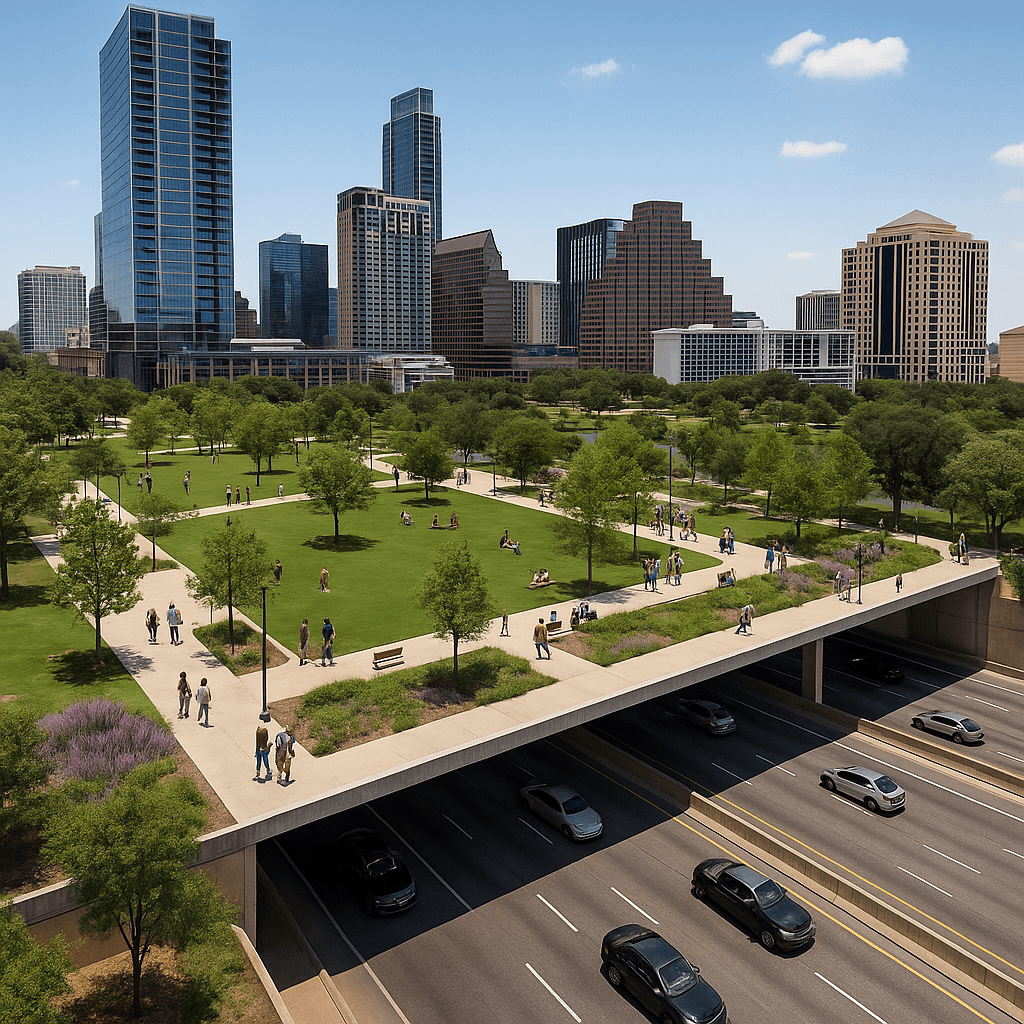- Boundary disputes can be a huge headache for a developer and cause significant delays in construction.
- But there are ways to avoid them ahead of time or resolve them amicably to keep your projecting moving.
- Having said that, if you have a significant border dispute, it is important to hire a good real estate attorney.
Things are getting testy out there. Unfortunately, we are starting to see more litigation in the commercial real estate space* than we have in a while. I reckon that is not surprising.
One area we see a lot of litigation over is boundary disputes. These can be particularly thorny for developers, where precise property lines are crucial for project planning and construction. A seemingly minor encroachment can snowball into delays, permit issues, and even lawsuits. So let’s talk about how they arise and what you can do if you have a boundary dispute.
Common Causes of Boundary Disputes
Before diving into solutions, it makes sense to figure out why border disputes happen. Maybe then we can avoid them. There are generally a few reasons for them:
- Surveying Errors: Mistakes happen, and even a slight miscalculation during a land survey can lead to significant discrepancies.
- Missing or Ambiguous Deeds: Older deeds might lack clear descriptions or rely on landmarks that have vanished over time.
- Encroachments: Over time, fences, sheds, or even landscaping features can unintentionally stray onto neighboring property.
- Adverse Possession: If a neighbor openly and continuously uses a disputed area for a certain period (typically ten years in Texas), they might establish ownership rights.
Obviously there are more possibilities but these are some of the more common reasons for disputes. Thankfully, there are some steps you can take to avoid some of these reasons for boundary disputes. They include:
- Conduct a Thorough Title Search: A meticulous title search helps identify any potential boundary issues before you even purchase the land.
- Order a New Survey: Don’t rely on old surveys. Commission a new survey by a reputable land surveyor before finalizing your development plans.
- Clearly Mark Boundaries: Once the survey is complete, consider erecting visible markers or even a temporary fence to delineate the property line.
- Communicate with Neighbors: Keep your neighbors informed about the development project and potential boundary concerns. Open communication fosters goodwill and can help nip potential disputes in the bud.
Resolving Disputes Amicably – The Power of Communication
The best outcome for any dispute is an amicable resolution. Here are some steps you can take to try to resolve your boundary dispute before the need for prolonged litigation:
- Contact your title company: You likely bought title insurance for a reason. And if there is a boundary dispute, let your title company know. Its possible they can resolve it or indemnify you for your loss.
- Open Communication: Start by talking to your neighbor. Explain the potential issue and explore solutions together. A calm and respectful approach can go a long way.
- Joint Survey: Commission a new survey with a licensed surveyor, ideally one agreed upon by both parties. This can often clear up minor discrepancies.
- Boundary Line Agreement: If a new survey confirms a discrepancy, consider a formal agreement with your neighbor. This document clearly defines the actual property line and prevents future disputes. A lawyer can help draft this agreement to ensure it’s legally sound.
But obviously these methods do not always work. So sometimes you are forced into litigation.
- Mediation: A neutral third party, a mediator, can facilitate communication and guide both parties towards a mutually agreeable solution. Mediation can sometimes be cheaper and quicker than litigation.
- Arbitration: Similar to mediation, but with a binding decision. An arbitrator, typically a retired judge or lawyer, hears arguments from both sides and issues a final ruling. We do not generally recommend arbitration, though. Its just as expensive as litigation and often a judge is better for resolving technical disputes than an arbitrator.
- Quiet Title Action: This lawsuit aims to establish your clear ownership of the disputed area. A successful outcome will result in a court order confirming your property boundaries.
- Boundary Dispute Lawsuit: If all else fails, a lawsuit to determine the true boundary line might be necessary. This can be a lengthy and costly process, so consider it only as a last resort.
My next bit of advice is always self-serving. But it also happens to be true. If you are having a boundary dispute with your neighbor, get a lawyer. Its important. Your lawyer can:
- Review Property Deeds and Surveys: A lawyer can analyze these documents to identify potential issues.
- Navigate Negotiations and Mediation: Your lawyer can represent you effectively and ensure your interests are protected.
- Prepare Legal Documents: Boundary line agreements, quiet title actions, and lawsuits all require meticulous legal documentation.
- Provide Strategic Guidance: An experienced lawyer can assess the situation and recommend the best course of action, considering both legal and financial implications.
Boundary disputes can be a headache for developers, but with the right knowledge and strategies, you can navigate them effectively. And, of course, the right attorney.
*Unfortunately for our friends and clients. Obviously we have a litigation department at Bukowski Law Firm. I won’t pretend otherwise.



